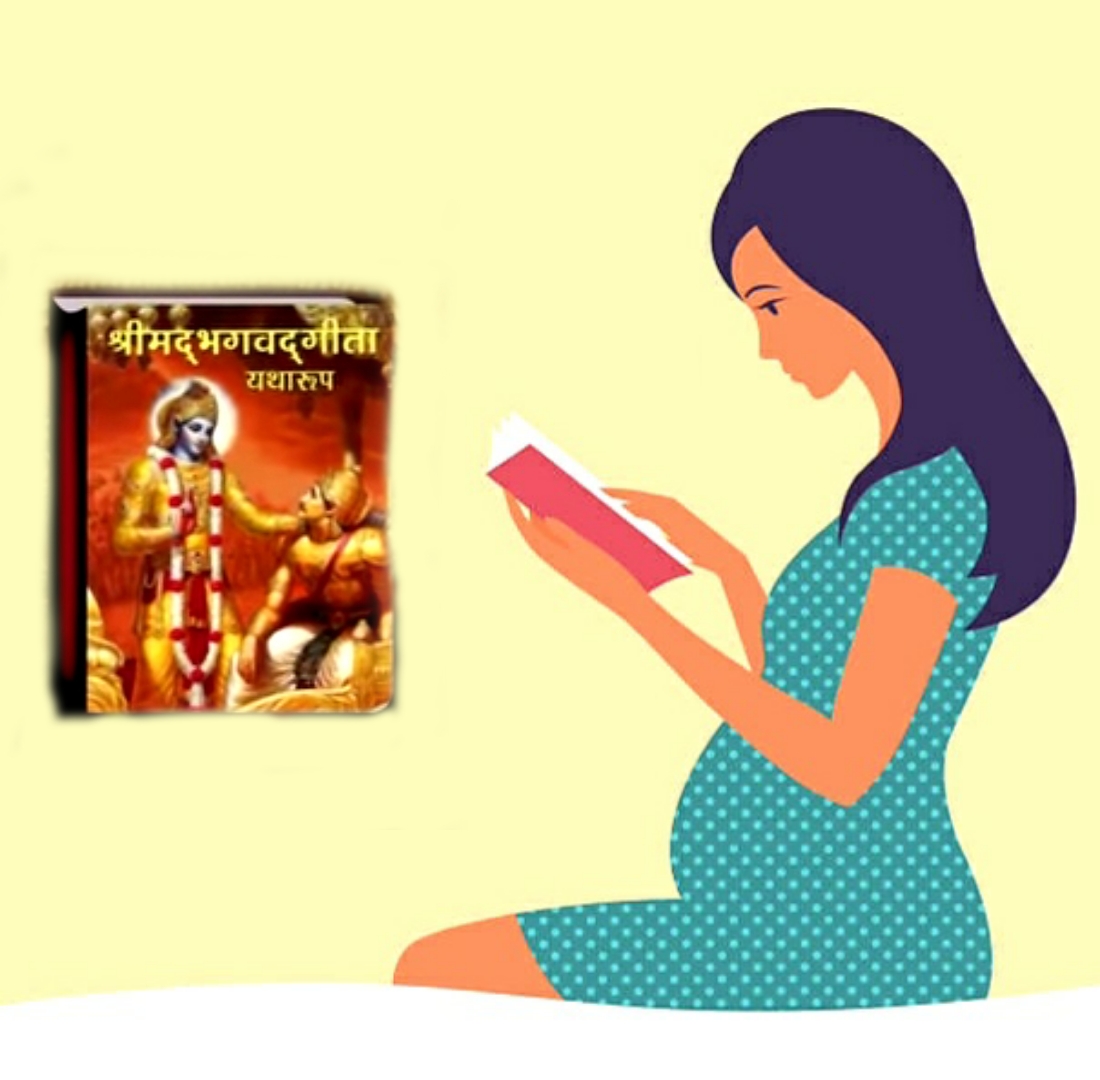The Bhagavad Gita, a timeless scripture in the Gaudiya Vaishnava tradition of ISKCON, transcends the boundaries of text to inspire visual representations that encapsulate its profound teachings. This blog unveils the artistic beauty and symbolism woven into depictions of the Gita, showcasing how visual interpretations add a new dimension to the spiritual wisdom contained within its verses.
1. Divine Connection: Krishna and Arjuna on the Chariot:
Artistic Imagery:
The iconic image of Lord Krishna steering the chariot for Arjuna symbolizes the divine guidance imparted in the Gita. Artists depict this pivotal moment where Krishna, as the divine charioteer, steers the soul through the battlefield of life.
Symbolism:
The chariot represents the human body, the horses symbolize the senses, and Arjuna signifies the individual soul. This visual metaphor emphasizes the importance of aligning our senses under the guidance of divine wisdom to navigate the challenges of life.2. Bhakti Devotion: Iconography of Radha-Krishna:
Artistic Imagery:
In the Gaudiya Vaishnava tradition, Radha-Krishna's divine love is central. Artists often portray Radha and Krishna engaged in divine pastimes, capturing the essence of devotion and Bhakti Yoga.
Symbolism:
The artistic depiction of Radha and Krishna symbolizes the soul's yearning for divine union. Radha represents the epitome of devotion, and Krishna embodies the Supreme Beloved. This visual narrative serves as a reminder of the eternal love between the individual soul and the divine.3. The Cosmic Dance of Creation: Krishna as the Supreme Dancer:
Artistic Imagery:
Inspired by the Gita's teachings on cosmic creation and destruction, artists portray Krishna in the divine dance of creation (Rasa Lila), symbolizing the cosmic cycles of birth and rebirth.
Symbolism:
Each movement in Krishna's dance symbolizes the cosmic forces at play. The dance signifies the perpetual rhythm of creation, preservation, and dissolution, highlighting the transient nature of the material world.4. Governing the Mind: Krishna's Flute and the Power of Sound:
Artistic Imagery:
Krishna playing the flute is a common visual theme. Artists depict Krishna captivating hearts with the enchanting melodies of his flute, often surrounded by adoring devotees.
Symbolism:
The flute symbolizes the divine sound that governs the mind and soul. Krishna's melodious tunes represent the call to spiritual awakening, guiding individuals toward self-realization and the path of righteousness.5. Arjuna's Inner Struggle: Symbolism in Facial Expressions:
Artistic Imagery:
Artists skillfully portray the inner turmoil of Arjuna during the dialogue with Krishna. The facial expressions capture his emotional journey, reflecting doubt, realization, and ultimately, surrender.
Symbolism:
The nuanced facial expressions symbolize the internal conflicts we all face. Arjuna's transformation signifies the journey from confusion to clarity, demonstrating the potential for inner growth and self-discovery.
